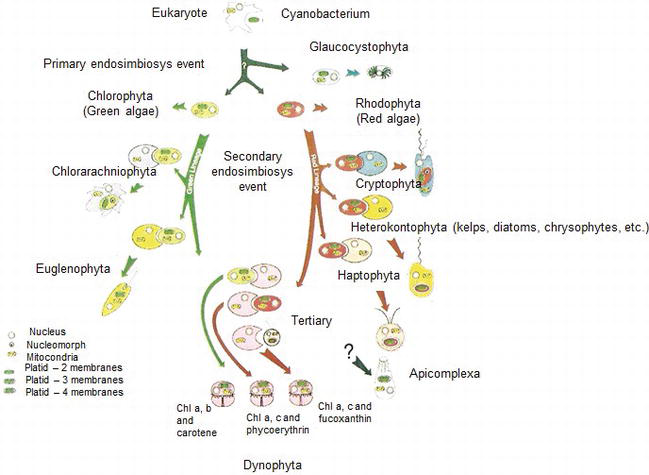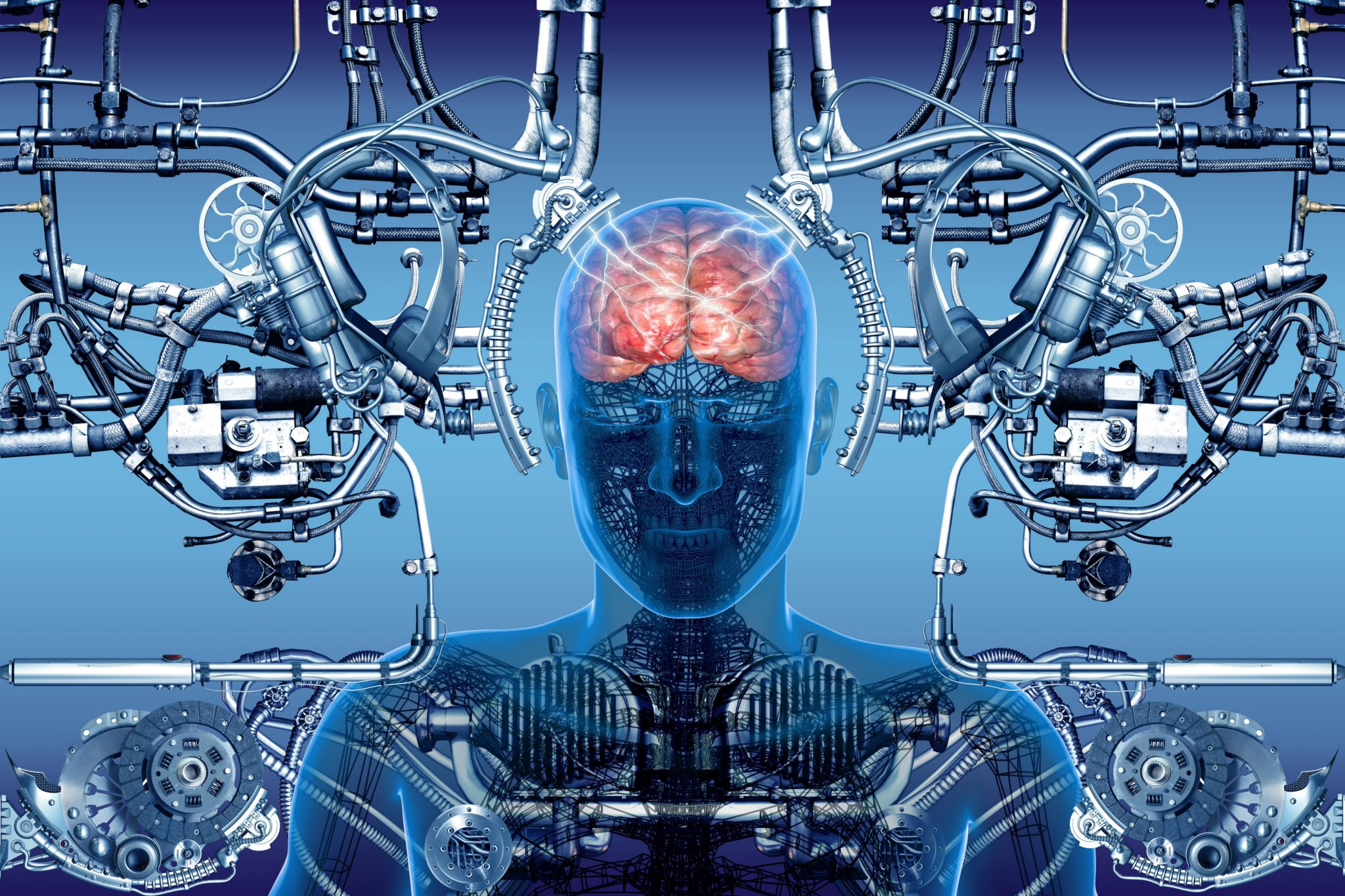Quantum Computing Innovations: Trapping Molecules for Success
Quantum computing represents a revolutionary leap in technology, merging the realms of physics and computer science. Utilizing principles like quantum entanglement, researchers are on the verge of harnessing the complex behavior of molecules to create powerful computing systems. In a groundbreaking experiment led by a team at Harvard, scientists successfully trapped polar molecules, paving the way for their use in quantum operations, which could significantly accelerate computing capabilities. By employing methods such as optical tweezers, they maintained precise control over these intricate molecular systems, ultimately achieving a crucial milestone towards building a molecular quantum computer. This pioneering work not only promises advancements in computing speed but also opens new avenues of exploration within the field of quantum mechanics, influencing everything from medicine to artificial intelligence.
The concept of quantum computation, often encapsulated in discussions around advanced computational systems, signals great potential for developing innovative technologies. Researchers have endeavored to implement sophisticated methodologies for processing information at unprecedented speeds, leveraging unique phenomena such as superposition and entanglement. This cutting-edge field has seen recent advancements, particularly in trapping molecules as qubits—fundamental units of quantum information. With techniques like cold molecule trapping and the application of optical tweezers, scientists are beginning to unveil the secrets of molecular manipulation for computational purposes. As the quest for a fully functional molecular quantum computer continues, the future appears promising for numerous scientific and technological breakthroughs.
The Breakthrough in Quantum Computing with Molecular Systems
Recent advancements in quantum computing have enabled researchers to explore the uncharted territory of molecular systems, which have often been overlooked due to their complexity. A team of scientists recently achieved a historic milestone by successfully trapping sodium-cesium (NaCs) molecules to perform essential quantum operations. This breakthrough, accomplished using optical tweezers in ultra-cold conditions, marks a significant step toward realizing molecular quantum computers. The complexity of these molecules presents vast opportunities, as they have intricate internal structures that could enhance computational capabilities beyond what traditional qubit systems can achieve.
The excitement surrounding this breakthrough stems from the molecules’ ability to create entanglement—a foundational aspect of quantum mechanics that underpins quantum computing’s power. By forming a two-qubit Bell state with 94 percent accuracy, the research team demonstrated that molecules can be manipulated to perform quantum logic operations, paving the way for future innovations in quantum technology. This leap forward could lead to the development of algorithms and applications far exceeding the current capacities of classical computers, particularly in fields such as drug discovery and complex system simulations.
Understanding Quantum Entanglement and Molecular Qubits
Quantum entanglement, the phenomenon where particles become correlated in ways that classical physics cannot explain, plays a crucial role in the effectiveness of quantum computing. In the Harvard team’s experiment, quantum entanglement was realized using trapped NaCs molecules, where the electric dipole-dipole interactions among these molecules facilitated the creation of entangled states. These states, inherent to quantum mechanics, allow for information to be shared instantaneously between qubits, regardless of the distance separating them, thus emphasizing the potential of molecular quantum computers.
The successful entanglement of molecules signifies a pivotal advancement in the quest for more stable and scalable quantum systems. Unlike traditional qubits, which often rely on simplified particles like ions or atoms, molecular qubits leverage the rich internal structures and interactions of complex molecules. This versatility not only simplifies certain quantum operations but also opens avenues for the exploration of new quantum algorithms that could harness the unique properties of molecular states, leading to unprecedented speeds and efficiency in computational tasks.
Optical Tweezers: A Game Changer in Molecular Physics
Optical tweezers have revolutionized the way researchers manipulate microscopic particles, allowing for unprecedented control over molecular structures. In the context of the recent findings at Harvard, optical tweezers were used to trap sodium-cesium molecules, enabling researchers to perform delicate quantum operations in an ultra-cold environment. This technology works by focusing lasers to create a stable field that can hold and maneuver tiny particles with exceptional precision, thus minimizing unwanted motion that can disrupt quantum coherence.
The application of optical tweezers in quantum computing not only improves the stability of molecular experiments but also facilitates the exploration of new quantum phenomena. By stabilizing the conditions under which molecules are studied, researchers can focus on manipulating their quantum states, leading to better understanding and development of quantum devices. This innovative approach is likely to propel forward the field of molecular quantum computing, as it allows deeper insights into the interactions and functionalities of quantum systems.
Challenges in Cold Molecule Trapping for Quantum Operations
While the successful trapping of molecules marks a significant advance, several challenges remain in refining molecular quantum computing technologies. The initial experiments involving cold molecule trapping highlighted issues such as instability and predictability of molecular behavior. The trapping process requires meticulous control to ensure that external disturbances do not affect the coherence required for reliable quantum operations. Despite these challenges, the Harvard team’s achievements underscore the potential for overcoming previous barriers that have limited the practical use of molecular systems in quantum computing.
The researchers are diligently addressing these issues by further investigating the cold environments in which molecules can be manipulated. By employing a stable trapping setup and continuously measuring the resulting quantum states, they are developing methods to minimize the errors that arise from molecular motion. Advancements in cold molecule trapping will not only enhance the accuracy of existing quantum operations but also improve the overall scalability of molecular quantum computing platforms, fostering greater development of this promising area of research.
The Future of Molecular Quantum Computers: What Lies Ahead
Looking ahead, the potential for molecular quantum computers is immense, especially given their ability to harness the rich structural and interactively dynamic nature of molecules. This new frontier in quantum technology stands to revolutionize fields ranging from cryptography to materials science, providing solutions to problems considered intractable by classical means. As researchers continue to refine the techniques for trapping and manipulating molecules, we may soon witness breakthroughs that will significantly elevate quantum computation capabilities.
Future experiments will likely focus on expanding the types of molecules used and improving methods to induce and stabilize entangled states. The ongoing collaboration among researchers in various disciplines—including physics, chemistry, and engineering—will foster a multidisciplinary approach critical for the advancement of molecular quantum computing. Through these efforts, we anticipate novel applications that will emerge, paving the way for practical implementations of quantum technologies in everyday life.
The Role of Quantum Operations in Advancing Quantum Technology
Quantum operations lie at the heart of quantum computing; they enable the execution of algorithms that harness the unique properties of qubits. The recent demonstration of successful quantum operations using trapped molecular qubits signifies a crucial step forward in the development of this technology. By employing quantum gates such as the iSWAP gate, the Harvard team has paved the way for more complex quantum computations that can take advantage of the interactions between multiple qubits, enhancing the overall processing power.
As molecular systems become more integrated into quantum computing frameworks, the potential for advanced quantum algorithms increases. These operations not only enable traditional computational tasks but also unlock capabilities that are quintessential to quantum mechanics, such as superposition and entanglement. As researchers explore and refine quantum operations involving molecules, we could witness the emergence of quantum computers that outperform classical systems across various applications, marking a new era in technological advancement.
The Impact of Cold Molecule Trapping on Quantum Research
Cold molecule trapping has far-reaching implications for the field of quantum research. By allowing scientists to maintain and manipulate the delicate states of molecules in controlled environments, this approach opens the door to unprecedented studies on quantum phenomena. With molecules exhibiting rich internal structures, researchers can delve deeper into Quantum Mechanics, exploring the fundamental properties that could lead to innovations in quantum computing and beyond.
As techniques for cold trapping improve, new research avenues will likely emerge, accelerating the pace of discoveries in quantum science. The ability to trap molecules with high fidelity not only enhances existing quantum operations but also promotes the exploration of novel quantum states and interactions. Such advances could ultimately lead to transformative applications in a variety of fields, making cold molecule trapping an indispensable tool in the pursuit of next-generation quantum technologies.
Exploring Applications of Quantum Computing in Various Fields
The implications of breakthroughs in molecular quantum computing extend far beyond academia, touching various industries poised for transformation. In fields like medicine, researchers foresee that the enhanced computational power offered by quantum computers can lead to rapid drug discovery, allowing scientists to model complex molecular interactions that traditional computing could take years to analyze. Quantum technologies can also assist in tailoring personalized medicine by accurately simulating patient-specific responses to treatments based on genetic makeup.
In finance and cryptography, molecular quantum computing holds the potential to revolutionize how transactions are encrypted and validated. The speed and efficiency of quantum computations could enable real-time analysis of market trends and risk assessment, ultimately leading to smarter investment strategies. Additionally, quantum techniques may enhance data security protocols, making it significantly more challenging to breach encrypted communications, thereby protecting sensitive financial information from cyber threats that are becoming increasingly sophisticated.
The Significance of Interdisciplinary Collaboration in Quantum Research
The rapid advancements in quantum computing, particularly in the realm of molecular systems, highlight the importance of interdisciplinary collaboration. Scientists from various fields, including chemistry, physics, and engineering, must come together to explore the complex interactions and phenomena associated with quantum technologies. The collaborative efforts seen in recent studies, such as the research conducted by the Harvard team, are crucial for overcoming challenges inherent in using molecular structures for quantum operations.
This synergy not only accelerates the pace of discovery but also fosters innovation through the merging of diverse perspectives and expertise. As quantum technologies continue to evolve, ongoing collaboration across disciplines will be essential to develop practical applications and refine existing methods. Such partnerships could be instrumental in shaping the future landscape of quantum computing, ensuring that cutting-edge advancements ultimately translate into real-world solutions.
Frequently Asked Questions
What is quantum computing and how does it relate to quantum entanglement?
Quantum computing is a revolutionary technology that harnesses the principles of quantum mechanics to process information at speeds far exceeding those of classical computers. A key feature of quantum computing is quantum entanglement, a phenomenon where particles become interconnected in such a way that the state of one particle instantaneously affects the state of another, regardless of distance. This property is essential for creating complex quantum operations and enhancing computational capabilities.
How can molecular quantum computers utilize quantum entanglement?
Molecular quantum computers leverage the rich internal structures of molecules, such as the sodium-cesium (NaCs) molecules successfully trapped by researchers, to perform quantum operations. By exploiting quantum entanglement, these molecules can interact and maintain correlations necessary for executing complex calculations. This allows molecular quantum computers to achieve superposition and entanglement, opening new avenues for processing and storing information.
What role do optical tweezers play in quantum computing?
Optical tweezers are a vital tool in quantum computing that use focused laser beams to trap and manipulate small particles or molecules with precision. In the context of quantum computing, researchers have employed optical tweezers to stabilize and control ultra-cold molecules, enabling them to perform quantum operations more reliably. This method reduces motion instability that would otherwise disrupt quantum states, facilitating the generation of entangled states essential for quantum logic gates.
What are quantum operations and how do they contribute to quantum computing?
Quantum operations are fundamental manipulations performed on qubits within a quantum computer. These operations allow qubits to be entangled, which is critical for executing complex quantum algorithms. For instance, the iSWAP gate employed by researchers connects two qubits, enabling them to exchange information while creating entanglements. Such quantum operations enhance the computational power of quantum systems, allowing them to solve problems beyond the capacity of classical computing.
What is the significance of trapping molecules for quantum computing advancements?
Trapping molecules represents a significant milestone in the development of quantum computing. By successfully using ultra-cold polar molecules as qubits, researchers can exploit their intricate internal structures to enhance stability and coherence, crucial for reliable quantum operations. This advancement paves the way for molecular quantum computers that could offer unprecedented computational speed and efficiency, ultimately transforming fields like medicine, finance, and scientific research.
How does cold molecule trapping enhance quantum computing capabilities?
Cold molecule trapping improves quantum computing capabilities by stabilizing the molecules in ultra-low temperature environments. At these temperatures, molecular motion is drastically reduced, allowing scientists to precisely manipulate the quantum states of the molecules. This control is essential for performing the delicate quantum operations required for generating entangled states and creating efficient qubits, thereby advancing the field of quantum computing.
What future advancements can we expect from molecular quantum computing?
Future advancements in molecular quantum computing are likely to focus on enhancing the stability and accuracy of quantum operations performed with trapped molecules. With ongoing research and development, we may see improvements in the design of quantum gates and novel algorithms that utilize molecular systems. These innovations could lead to breakthroughs in computational speed, error correction, and the ability to tackle complex problems in various scientific and technological domains.
| Key Points |
|---|
| Harvard scientists successfully trapped molecules to perform quantum operations, marking a historic achievement in quantum computing. |
| Molecules were previously seen as too complex for quantum computing, leading researchers to focus on smaller particles. |
| Ultra-cold polar molecules were used as qubits, forming the basis for a potential molecular quantum computer. |
| The team executed a crucial quantum operation using an iSWAP gate, demonstrating high accuracy with a two-qubit Bell state. |
| Trapping molecules in ultra-cold environments overcomes challenges related to stability and coherence necessary for quantum operations. |
| This research represents a significant leap towards utilizing the rich internal structures of molecules in advancing quantum technology. |
Summary
Quantum computing has reached an exciting milestone with recent breakthroughs by researchers at Harvard, who have successfully demonstrated the ability to trap molecules and perform quantum operations. This advancement not only pushes the boundaries of what is possible in quantum computing but also opens the door for utilizing complex molecular structures to enhance computational speed and efficiency. As scientists explore new methodologies and technologies in this realm, the future of quantum computing looks promising, with the potential to revolutionize various fields from medicine to finance.









